St. Augustine, Florida, was a popular tourist destination in the 1980s, attracting visitors with its historic architecture, Spanish colonial history, and stunning beaches. The city, founded in 1565, was the oldest continuously inhabited European-established settlement in the United States, and was home to many well-preserved historical buildings and monuments, including Castillo de San Marcos, a 17th-century fort, and the Spanish colonial-style Cathedral Basilica of St. Augustine.
In the 1980s, St. Augustine was undergoing a revitalization and preservation movement, with many of its historic buildings being restored and repurposed for new uses. For example, the city’s oldest hotel, the Ponce de Leon Hotel, was restored and renamed Flagler College, after railroad magnate and hotelier Henry Flagler.
In addition to its rich history, St. Augustine was also known for its beautiful beaches, such as St. Augustine Beach and Anastasia State Park. The city was a popular destination for water sports, including swimming, boating, and fishing, as well as for outdoor activities such as golfing and hiking.
Tourism was a major industry in St. Augustine in the 1980s, with visitors coming from all over the world to experience its unique combination of history and natural beauty. The city was also home to many shops, restaurants, and attractions, including the historic district of St. George Street and the Lightner Museum, which housed a collection of art and artifacts from the Gilded Age.


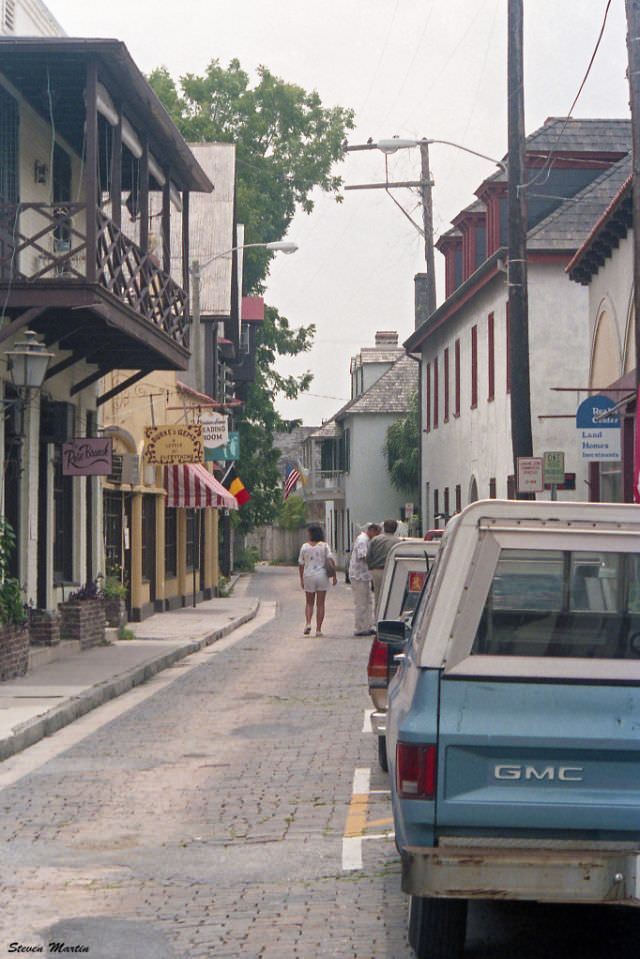
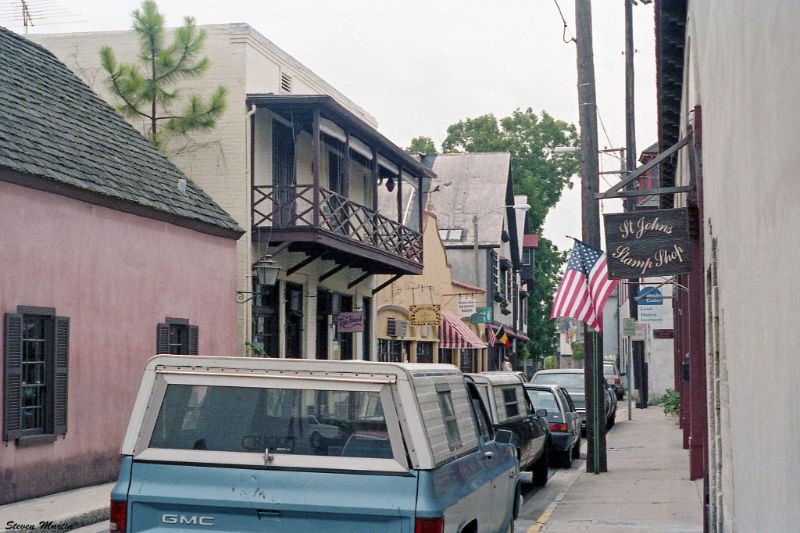
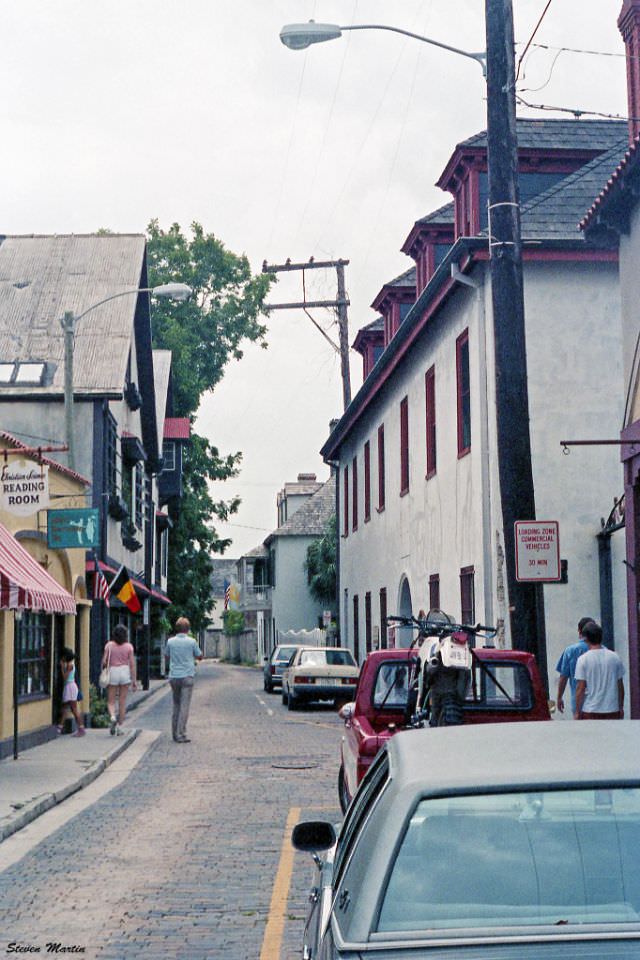
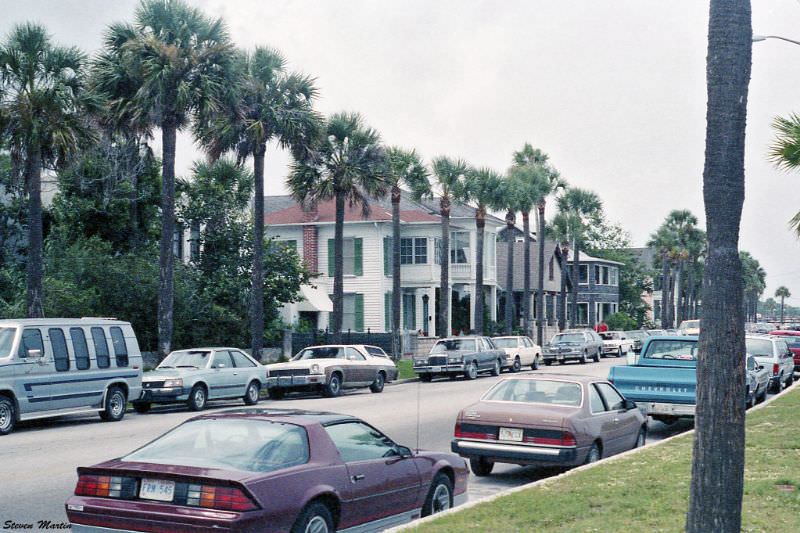
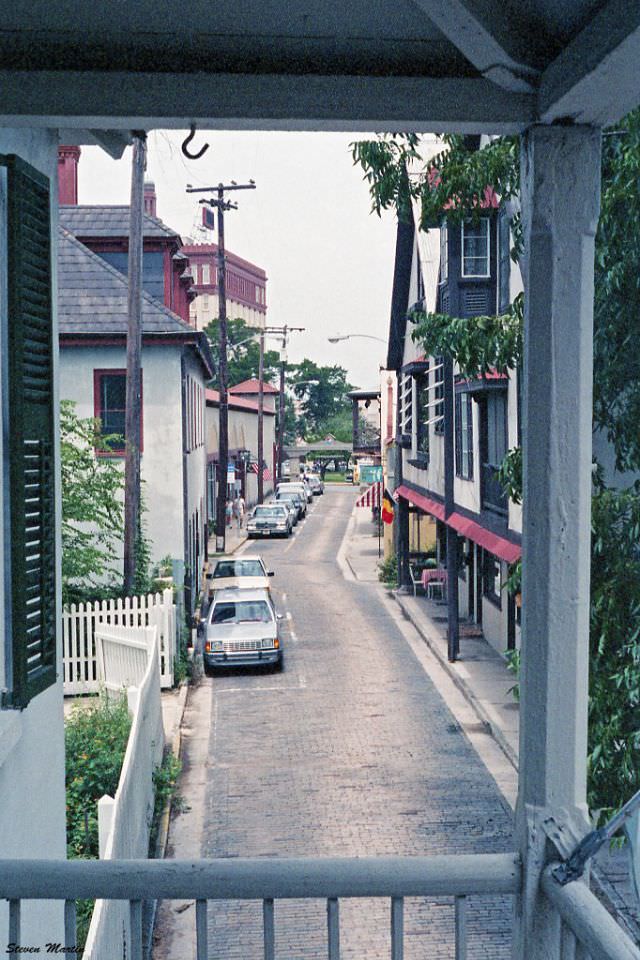
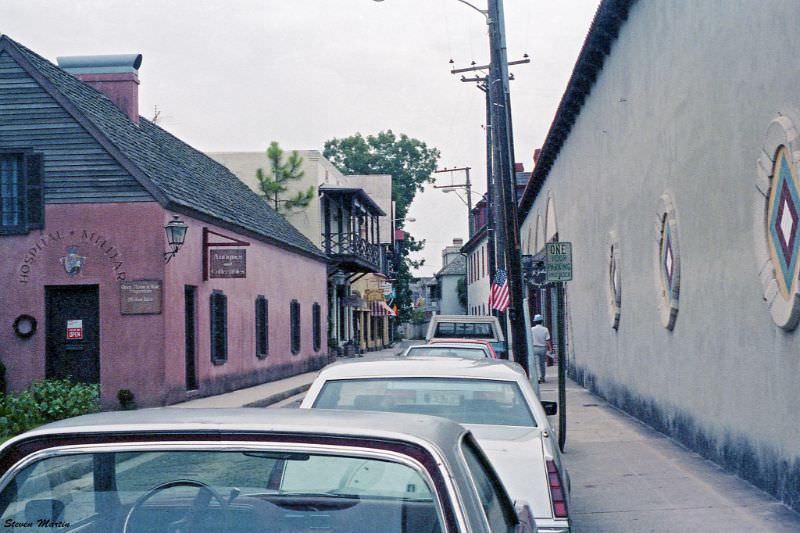
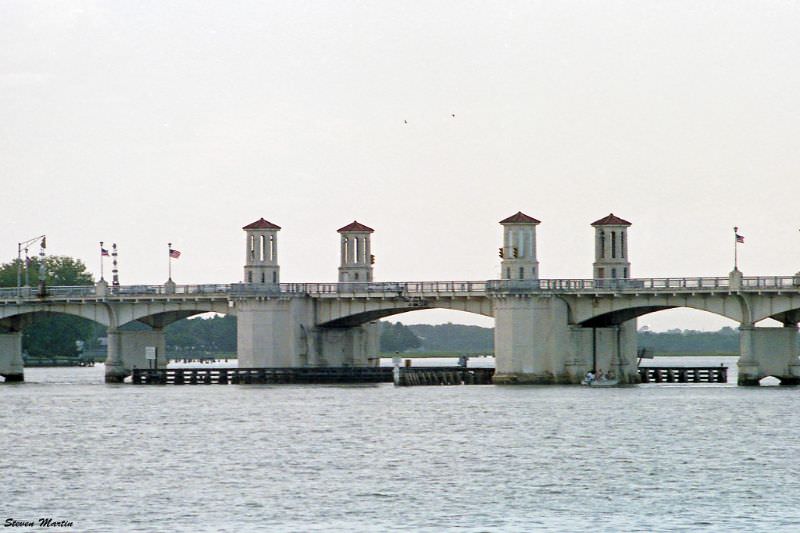
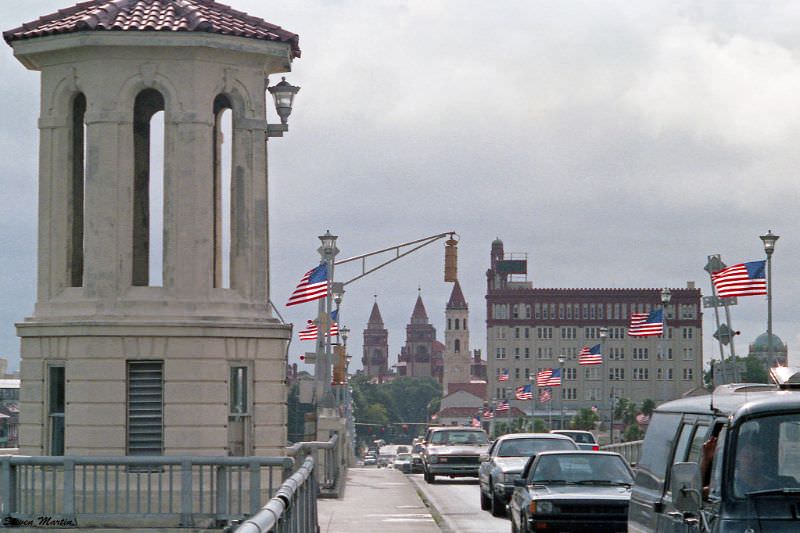
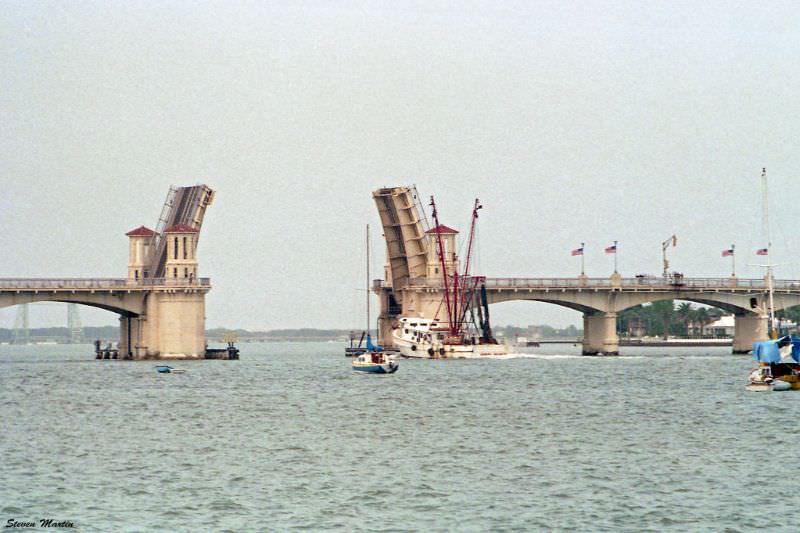
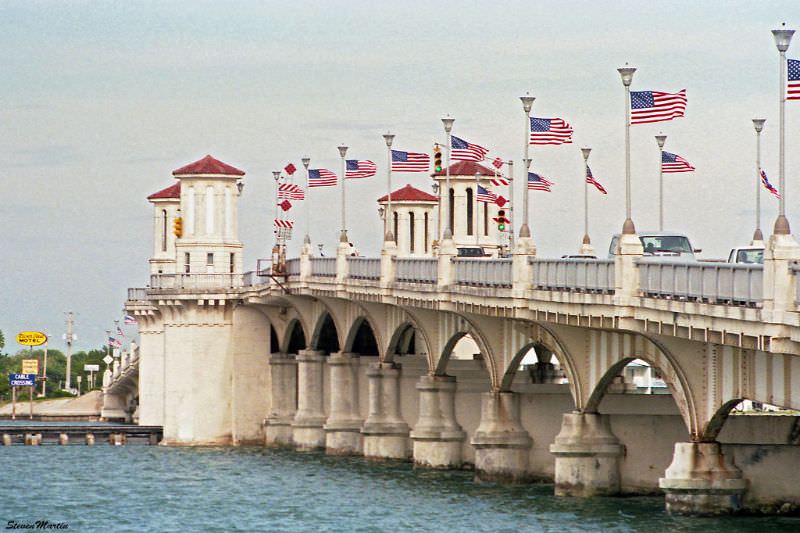
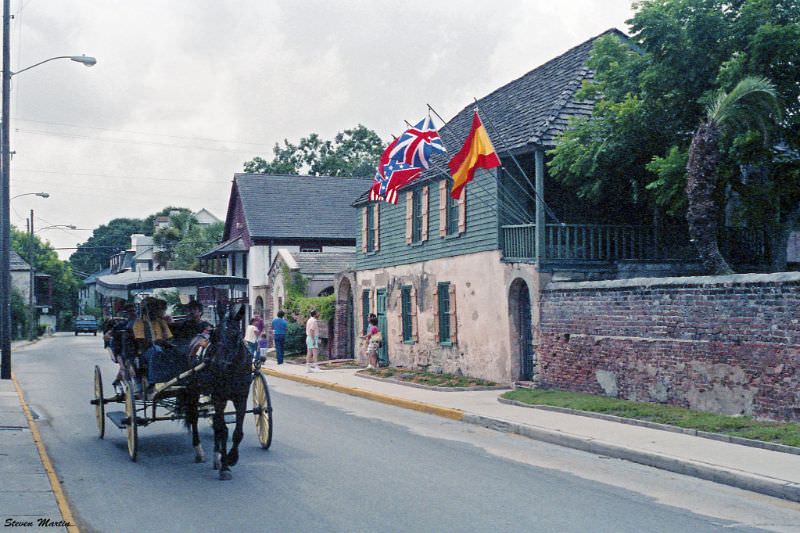
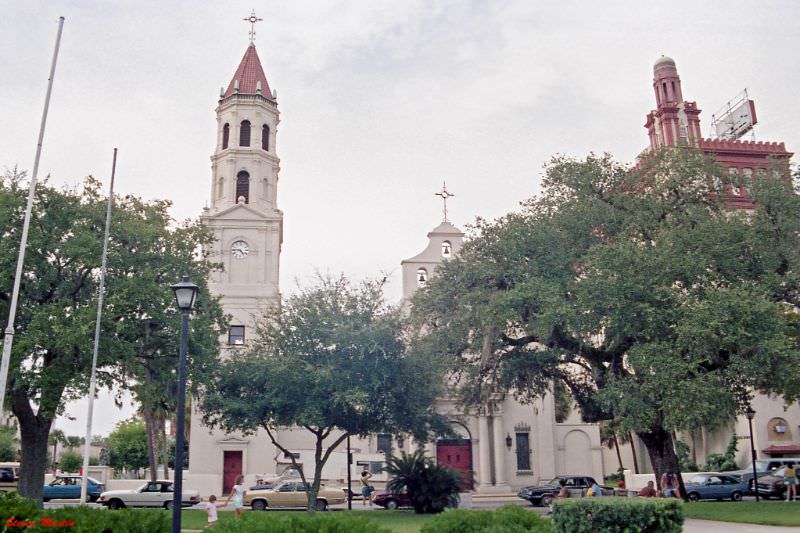
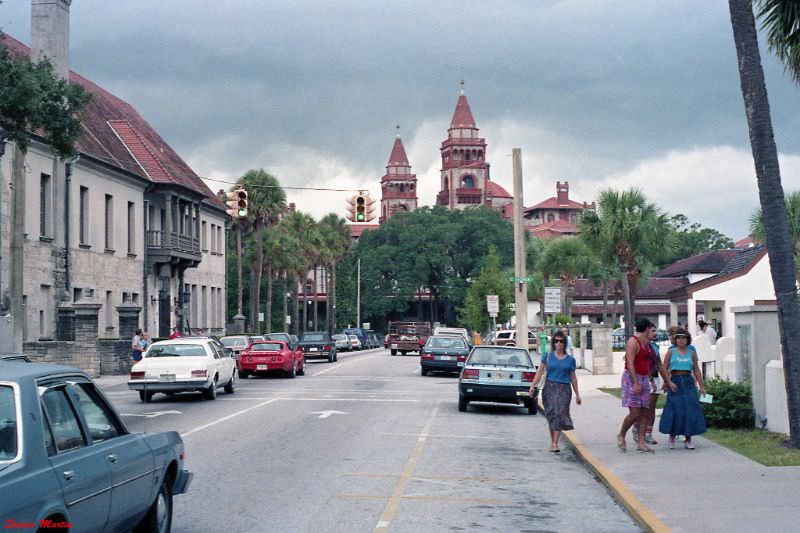
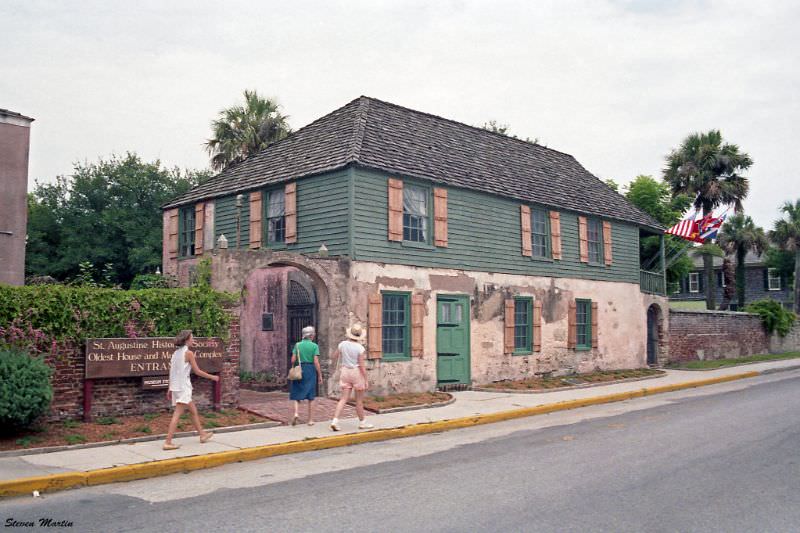
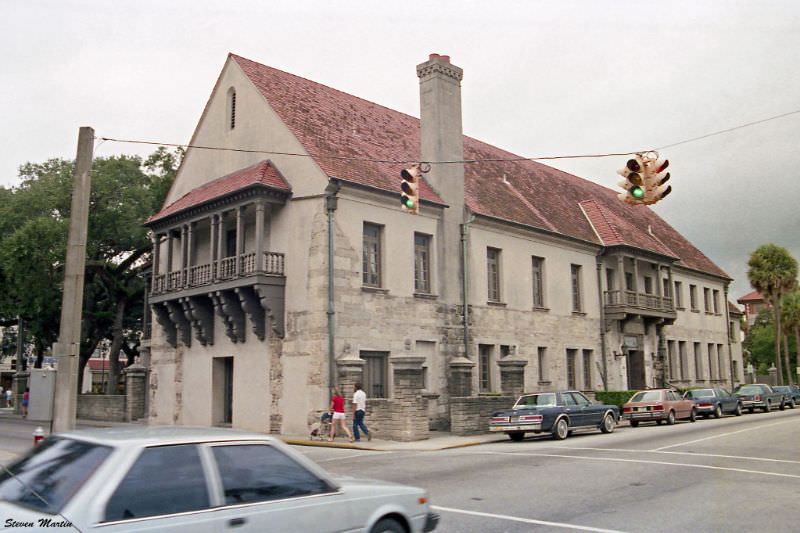
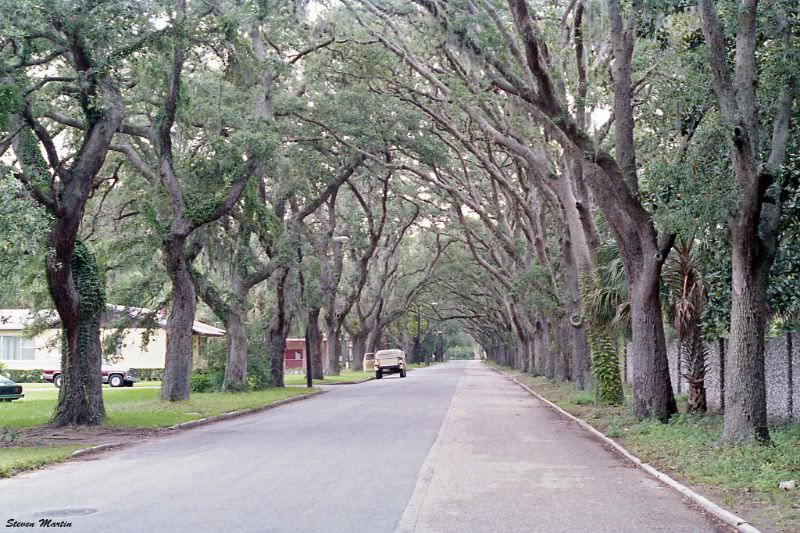
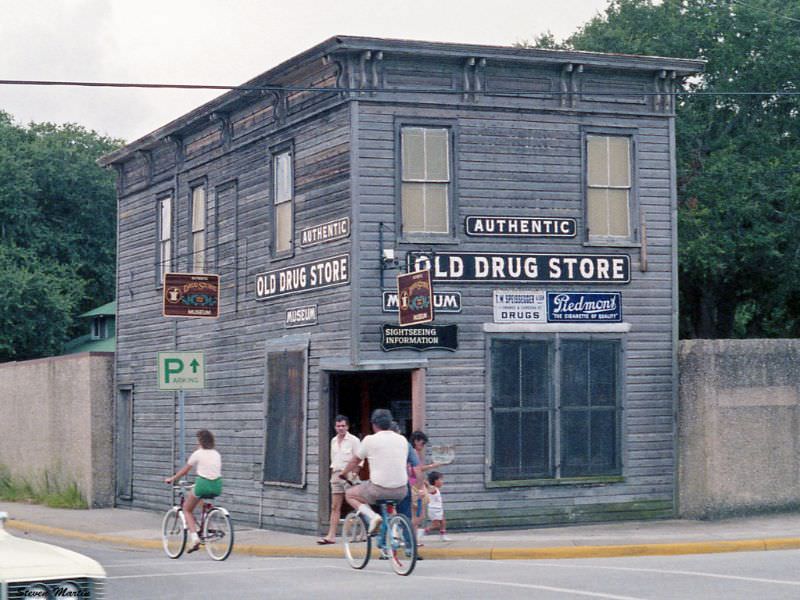
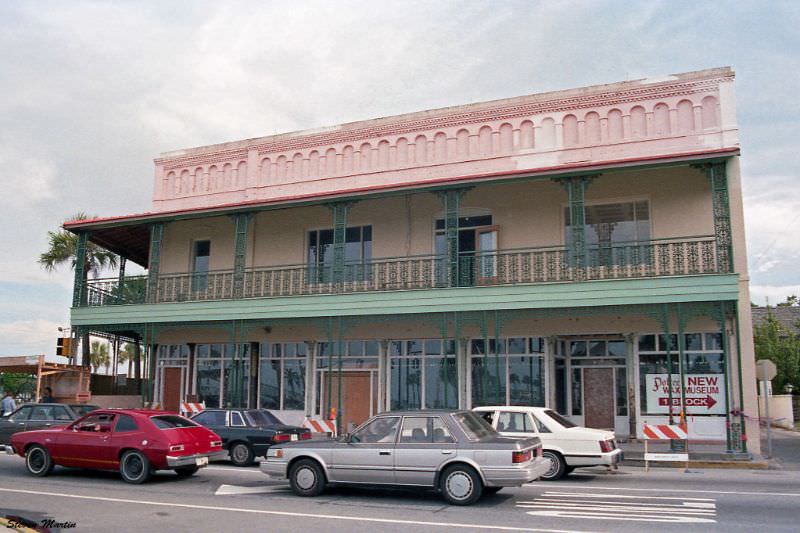
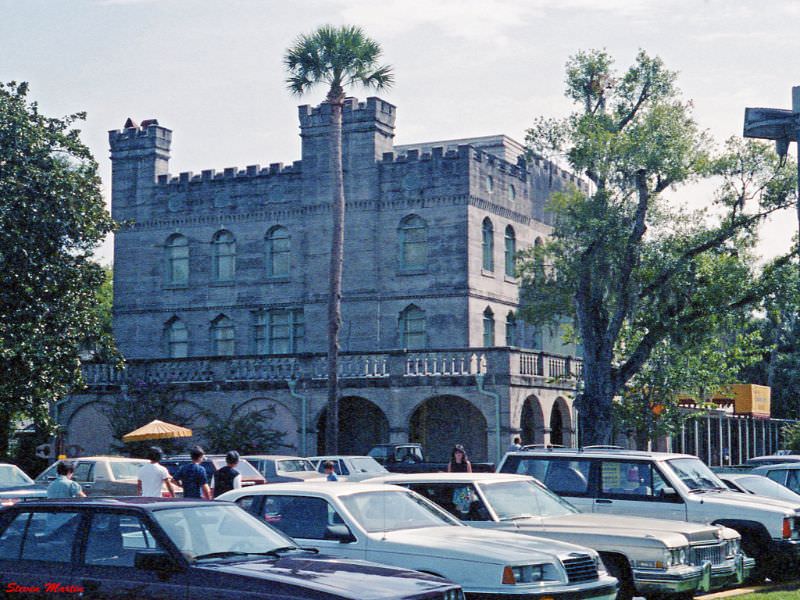
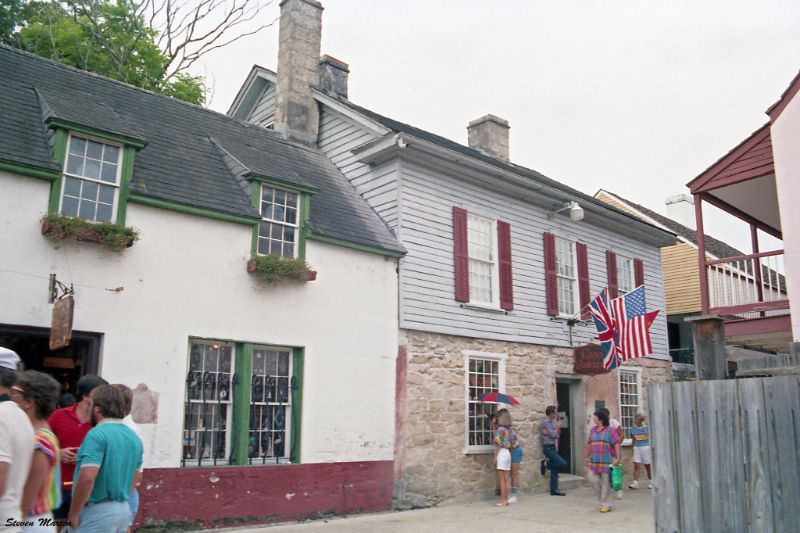
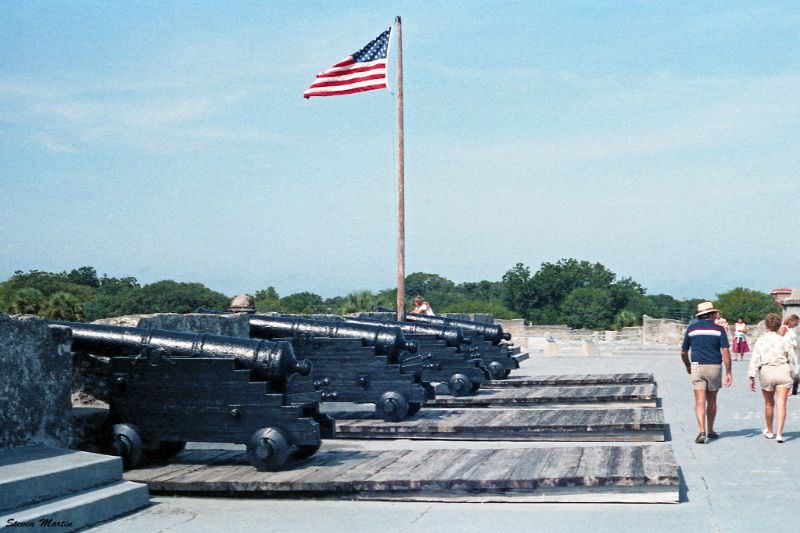
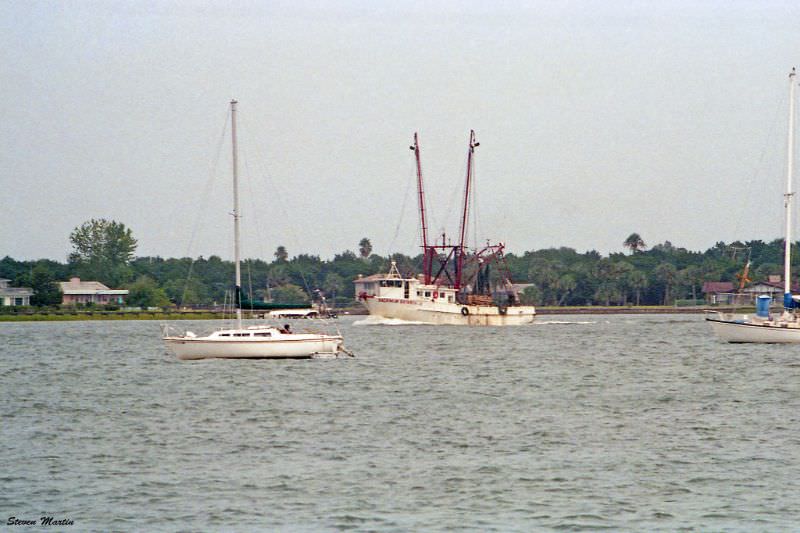
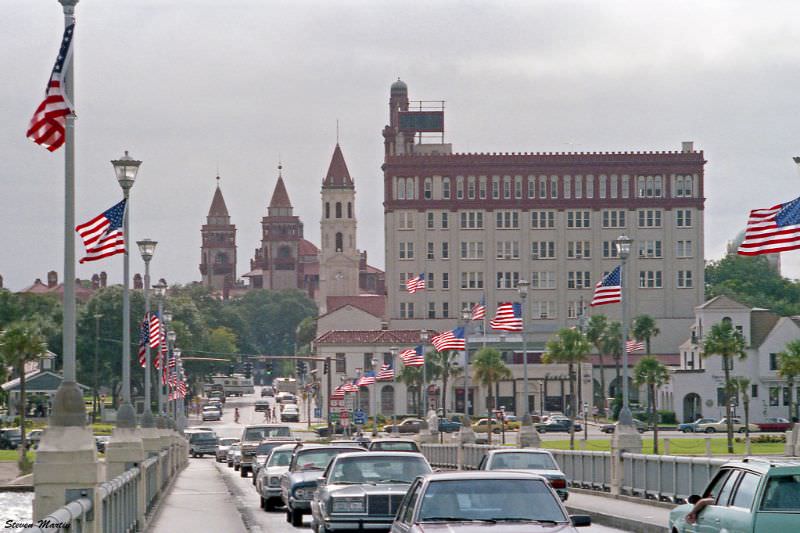
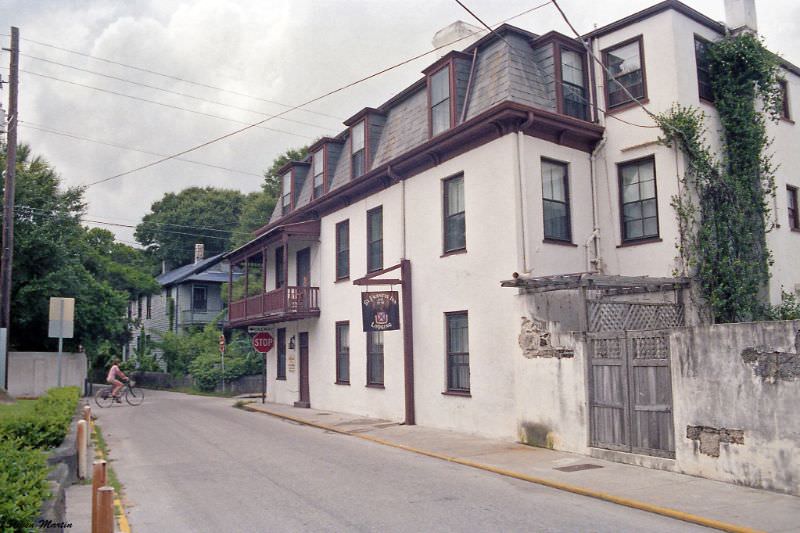
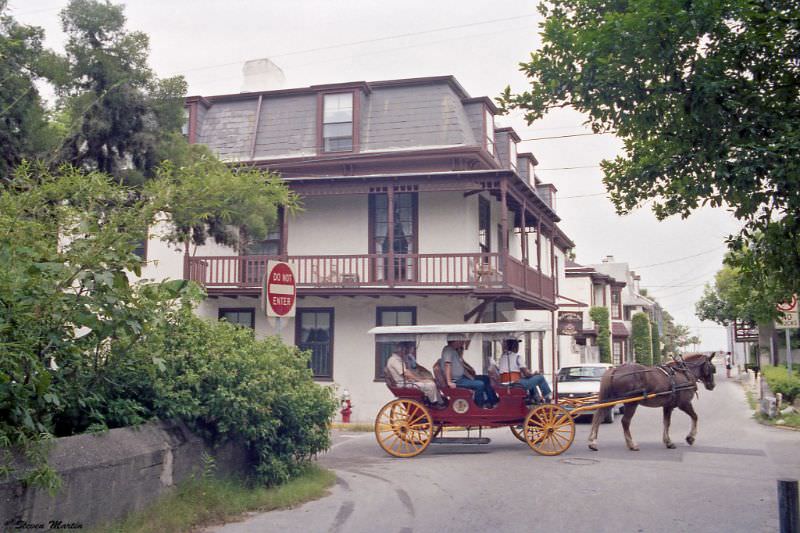
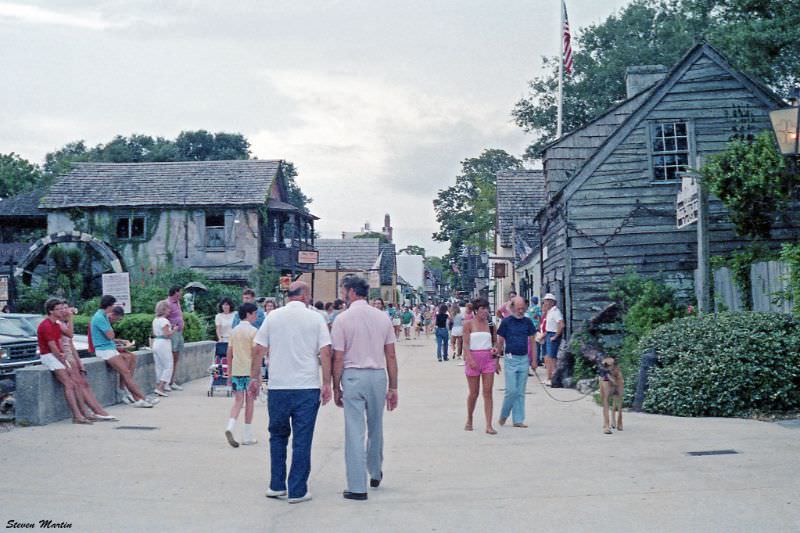
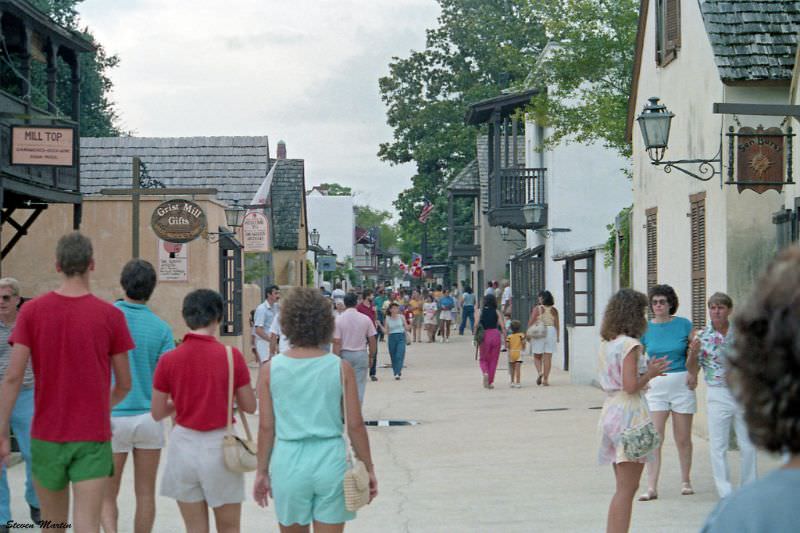
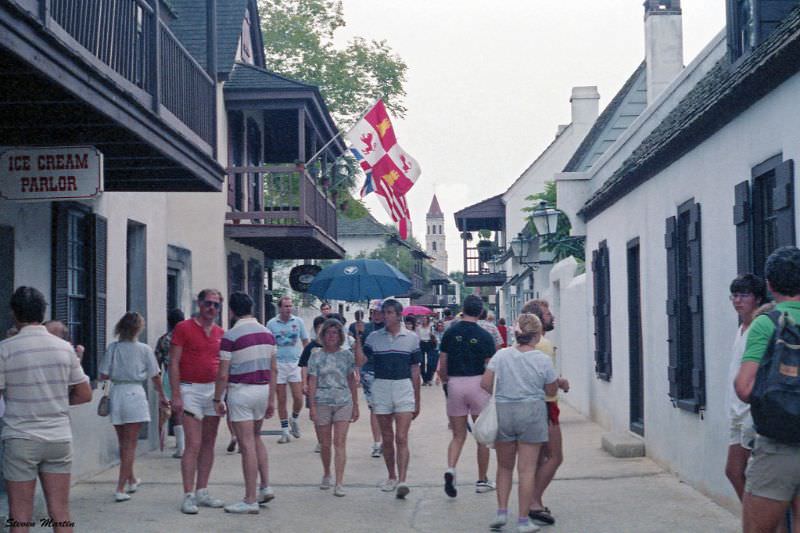
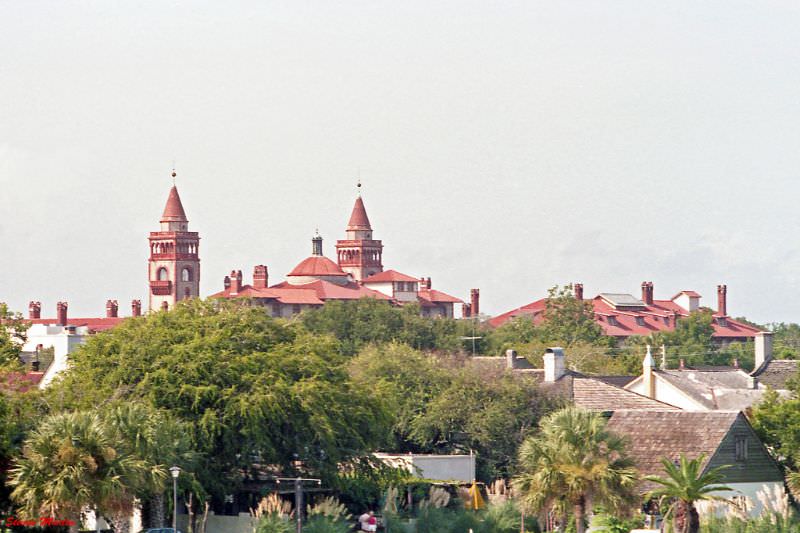
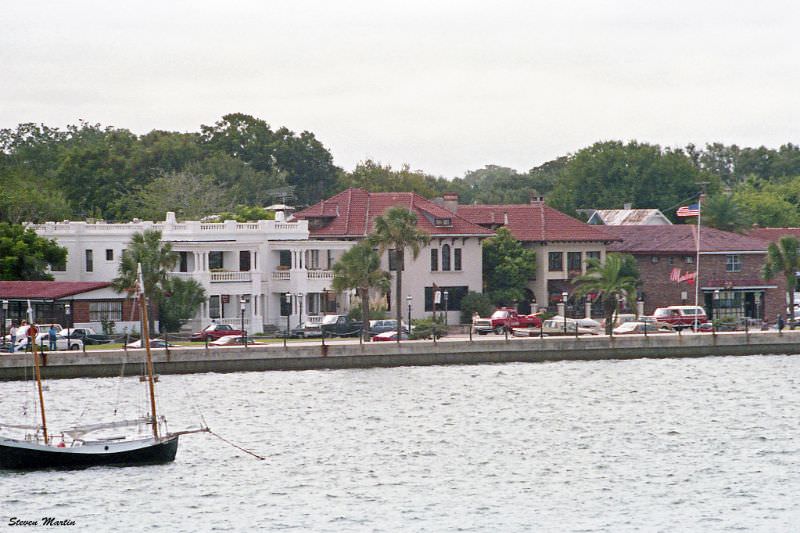

When St.Augustine was drinking village with a fishing problem. Damn the times
Now it’s a tourist village with a drinking problem.
Looks all pretty similar to today!
Super helpful as I’m actually writing something regarding St A in the 1980s and it’s hard finding photos! Thanks for posting
The only part I find fascinating is how someone let a tree grow on the roof in Pic #3. It’s a historic building and they just let nature run its course. One good thing about the increased tourism is the historic buildings are probably more likely to be maintained nowadays.
That tree isn’t growing on the roof. There’s a narrow alley a few feet wide between the buildings, as you can see on Google Maps if you look between 3 Aviles Street (the pink building) and 5 Aviles Street (the one with the second story patio). The tree is across the street from Forgotten Tonic today.
Thanks for the clarification. On Google Maps looks like the pine tree is gone now. Still a weird place to let a tree grow just asking for roots to cause structural damage.